Mastering the reading component of the ISLPR test relies on two essential and complementary skills. The first is skimming, which allows you to gain a broad understanding of a text’s purpose, structure and key themes.
The second is scanning, which enables you to locate precise information such as names, dates, figures and definitions. In the tightly timed ISLPR Reading section, you simply cannot afford to read every sentence in detail.
By combining skimming and scanning, you will move efficiently through multiple passages and answer questions accurately under pressure. In this guide you will learn why these techniques are indispensable, explore step-by-step strategies for each, and discover practical exercises tailored to the style of ISLPR passages.
Why Skimming and Scanning Matter in ISLPR Reading
The ISLPR Reading Test presents candidates with several short texts. These may include extracts from educational policy documents, academic summaries, workplace notices or everyday information sheets.
After reading each text you must respond orally to questions posed by the examiner. You will not have time to absorb every word in depth. When you skim, you form a mental map of the passage’s organisation and main points.
When you scan, you home in on the exact details you need to answer each question. Together these techniques maximise both comprehension and accuracy even when time is scarce.
1. Skimming: Grasping the Big Picture
Skimming involves sweeping your eyes rapidly over the text to identify its overall message, the way ideas are arranged and the tone the author uses. Follow this five-step approach.
- Preview the Title and Subheadings
Begin by reading the title and any subheadings. These signposts reveal the subject matter and how ideas are grouped. For example, a passage entitled Integrating ICT in Early Childhood Education with subheadings such as Benefits, Challenges and Future Directions sets your expectations for a balanced discussion of advantages and obstacles. - Read the First and Last Sentences of Each Paragraph
In most academic and formal texts the opening sentence introduces the paragraph’s main idea and the closing sentence reinforces or summarises it. By focusing on these two sentences you capture the essence of each section without being distracted by supporting details. - Scan for Transitional Phrases
Keep an eye out for words such as however, therefore, for example, in contrast and in conclusion. These transitional phrases reveal shifts in argument or introduce examples. Noting their location helps you understand how the author builds or contrasts ideas. - Note Repeated Keywords
Pay attention to words or short phrases that occur more than once. Repetition signals the core concepts of the passage. If terms such as pedagogy, sustainability or differentiated learning appear repeatedly you know they are central themes. - Summarise in Your Own Words
After roughly thirty seconds of skimming, pause and mentally state in one or two sentences what the passage is about. If you struggle to articulate a concise summary, return briefly to the title and first sentences of paragraphs and repeat the process until the message becomes clear. This summary forms the foundation for efficient scanning.
2. Scanning: Locating Specific Information
Scanning is the skill of finding precise information within a text. You will use it to locate facts and figures that the examiner asks for. Here are the steps to scan effectively.
- Identify Question Keywords
Listen carefully to each question and note its keywords. These may include dates, names, numerical values or specialised terms. For example a question might ask What percentage increase was reported in the 2019 funding round or Who led the research on formative assessment. - Visualise the Text Layout
Recall where in the passage you noticed the information during your skim. Perhaps you spotted a statistic in the second paragraph or a definition in the fourth. This mental mapping guides your eyes to the approximate location. - Run Your Eyes Along the Lines
Move your finger or a pencil down the centre of the column of text and watch for your keyword or a synonym or abbreviation of it. When you see a matching word, shift your gaze to that line and the surrounding sentences to read for accuracy. - Recognise Variants and Synonyms
The author may paraphrase terms from the question. For example scanning for benefits might require you to identify the word advantages or looking for reduction could point to a decline. Similarly a numerical figure written in words twenty per cent corresponds to 20 per cent in your question. - Verify Before Responding
When you think you have located the answer, read one or two lines before and after to ensure you have captured the correct context. This brief verification prevents errors if you have fixed on an unrelated term.
3. Integrating Skimming and Scanning Under Time Pressure
Time management is crucial when you face four or five short texts and around twenty questions in half an hour. Implement the following strategies to keep on track.
- Set a Strict Skimming Limit
Allow no more than 30 to 45 seconds per passage for your initial skim. Use a stopwatch during practice so this becomes second nature. - Answer Questions by Passage
Complete all questions related to one text before moving on. This preserves the mental map you formed during skimming and avoids repeated skimming. - Mark Questions Visually
In your test booklet tick off each question as you answer it. If a question seems difficult, circle it, move on and return later if time permits. This prevents you from dwelling too long on one item. - Allocate Scanning Time Per Question
Aim to spend about 20 seconds scanning for each answer. If you fail to locate an answer within that time, make an educated guess and continue. Running out of time is a greater risk than an occasional wrong answer. - Maintain a Balance Between Speed and Accuracy
While speed is essential, accuracy remains paramount. If you detect obvious misalignment between the question and your scanned text, resume scanning quickly rather than settling on a questionable result.
4. Practice Exercises for ISLPR Preparation
Consistent practice under simulated conditions builds the speed and precision you need. Try these targeted exercises.
- Timed Passage Drill
Choose a 200 to 250-word article. Set a timer for 45 seconds and skim to form a summary. Then jot down three probable question frameworks such as What are the main benefits, When did the event occur and Who conducted the study. Finally use the next 60 seconds to scan and answer those questions. - Keyword Hunt
Compile a list of ten keywords drawn from typical ISLPR themes—education, technology, environment, policy, methodology, statistics, evaluation. For each practice text scan and highlight all occurrences of those keywords within 15 seconds each. - Mixed Format Routine
Use past ISLPR questions or university reading lists to source four short texts. Time your skimming and scanning phases for each passage and record your accuracy and speed. Aim to improve your timings in successive practice sessions. - Paraphrase Recognition
Write your own questions based on a text’s content using synonyms of key terms. Then scan to find answers to your paraphrased questions. This trains you to spot reworded information quickly. - Peer Simulation
Partner with another candidate. One of you read a short text aloud while the other skims the printed version. After thirty seconds swap roles. Then ask each other questions that require scanning to answer. This collaborative drill mimics the oral nature of the ISLPR reading questions.
5. Common Pitfalls and Remedies
Even seasoned readers can falter when skimming and scanning. Be aware of these traps.
- Reading Every Word
Remind yourself that skimming aims for a general understanding not detailed comprehension. Consciously lift your eyes without subvocalising each phrase. - Fixating on Irrelevant Details
If you find yourself absorbed in an anecdote or example, glance at the questions again to refocus on the required information. - Missing Synonyms
Build a mental list of synonyms for common test topics. Review pairs such as benefit and advantage, decline and decrease before your practice sessions.
Conclusion
Becoming adept at skimming and scanning will transform your approach to the ISLPR Reading Test. By previewing structure, noting transitional phrases and keywords, and practising timed drills, you will cultivate the agility to extract both the overarching message and the specific details required by exam questions.
Incorporate these strategies into your daily study routine, monitor your speed and accuracy, and refine your technique. On test day you will navigate passages with confidence, respond to questions precisely and demonstrate your English reading skills to the fullest.



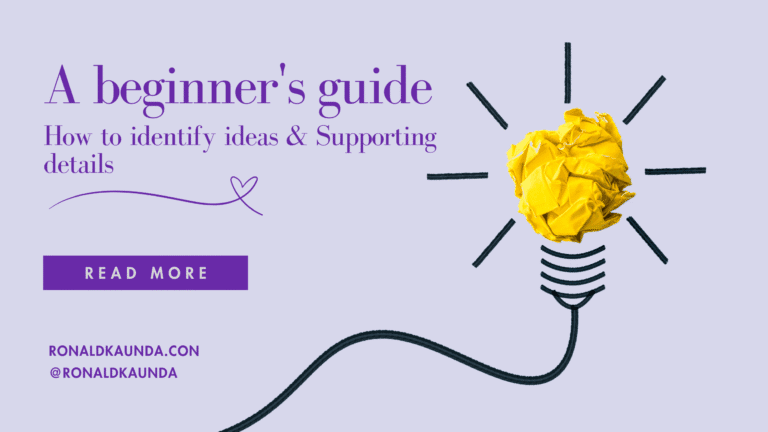
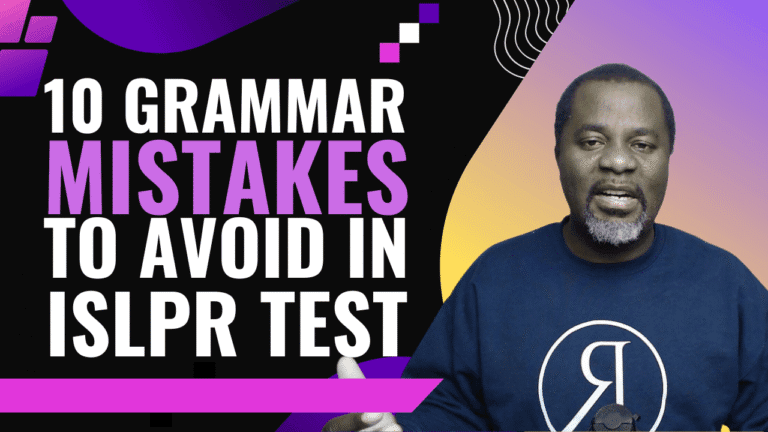
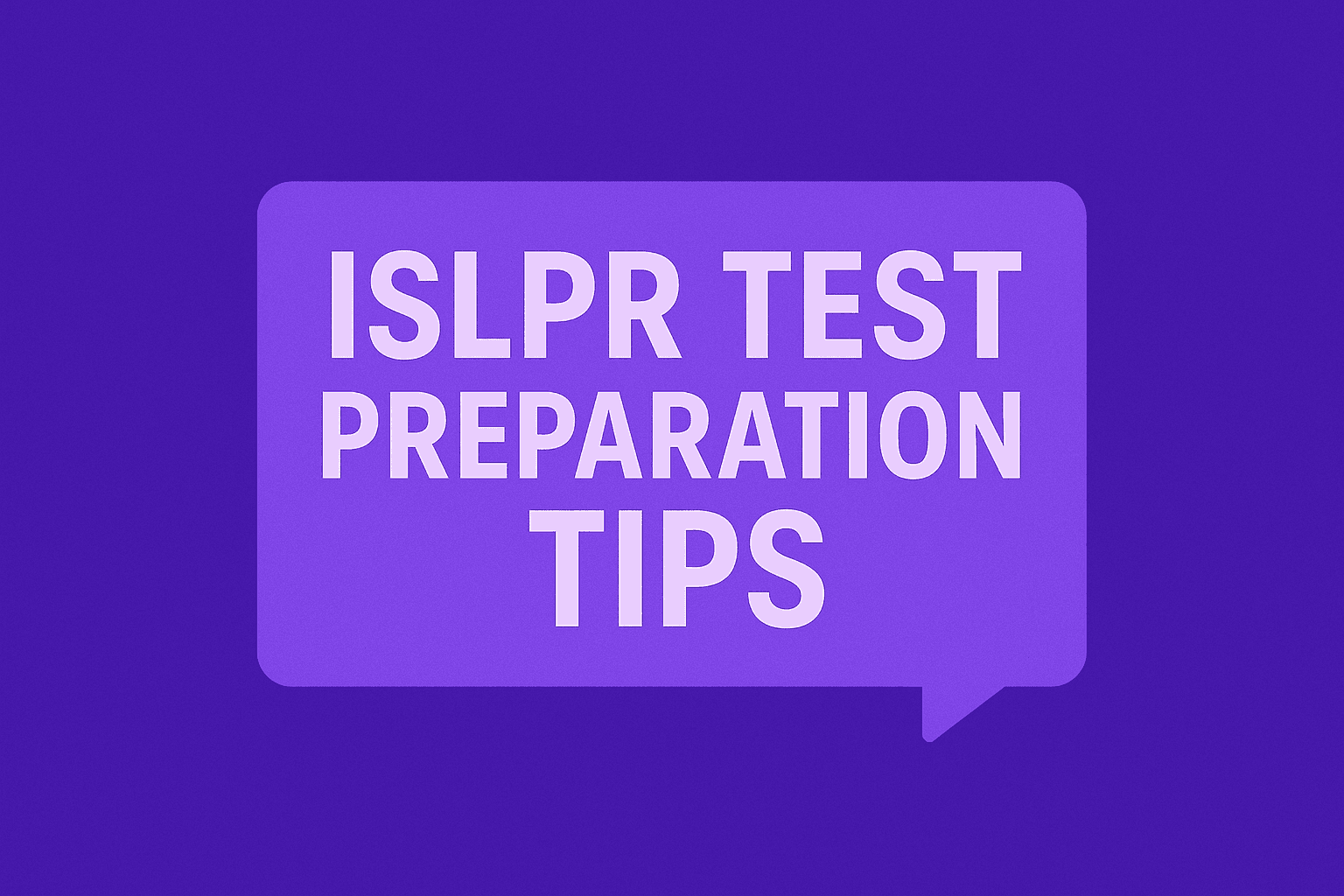

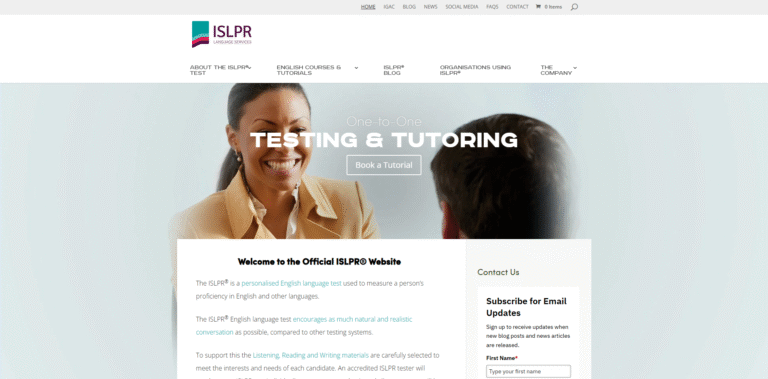

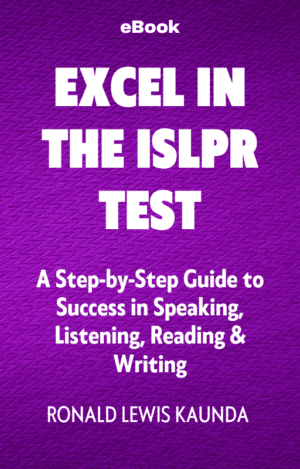 Excel in the ISLPR Test
Excel in the ISLPR Test